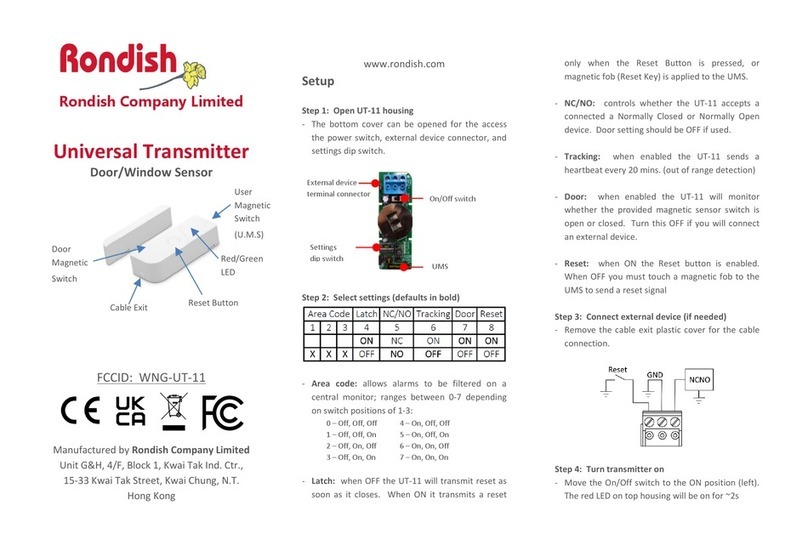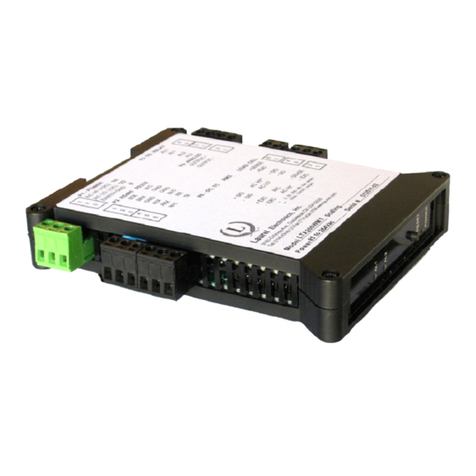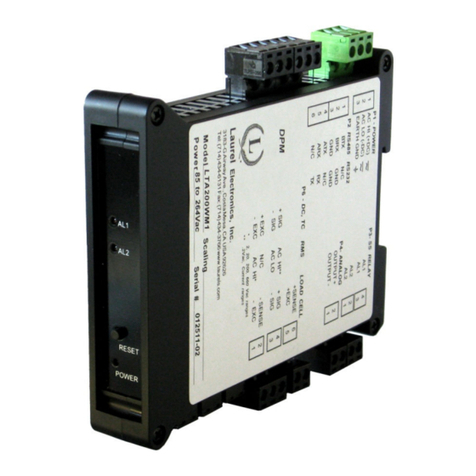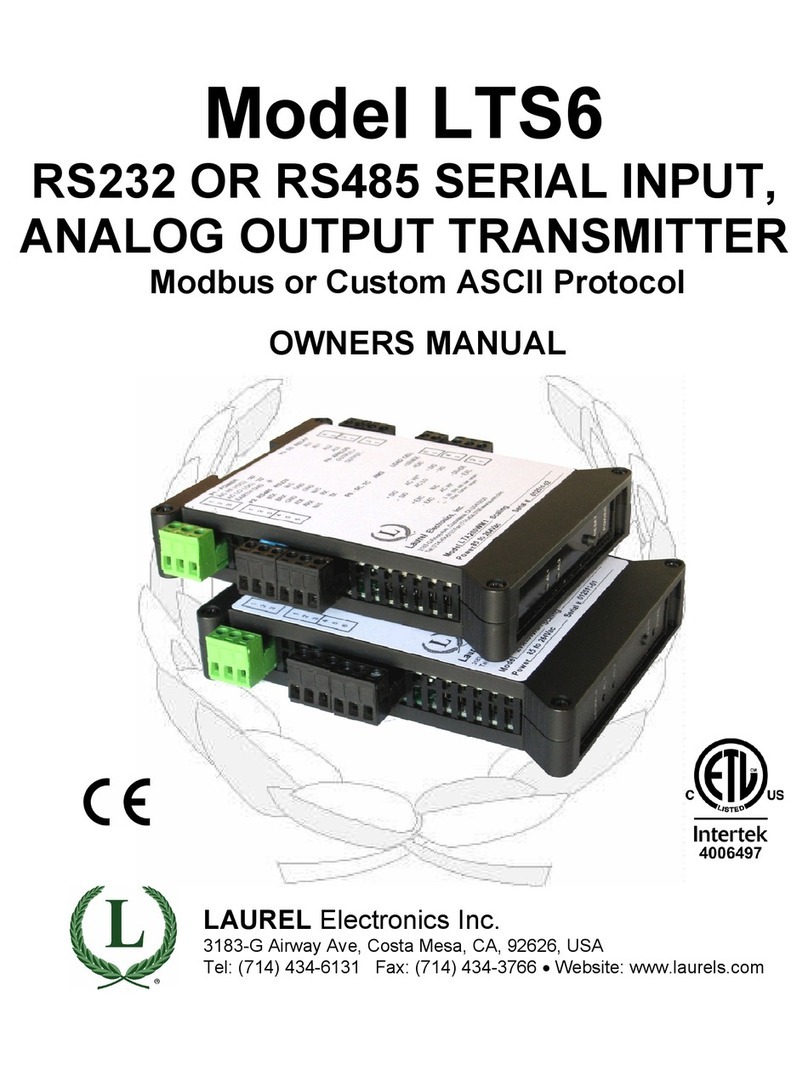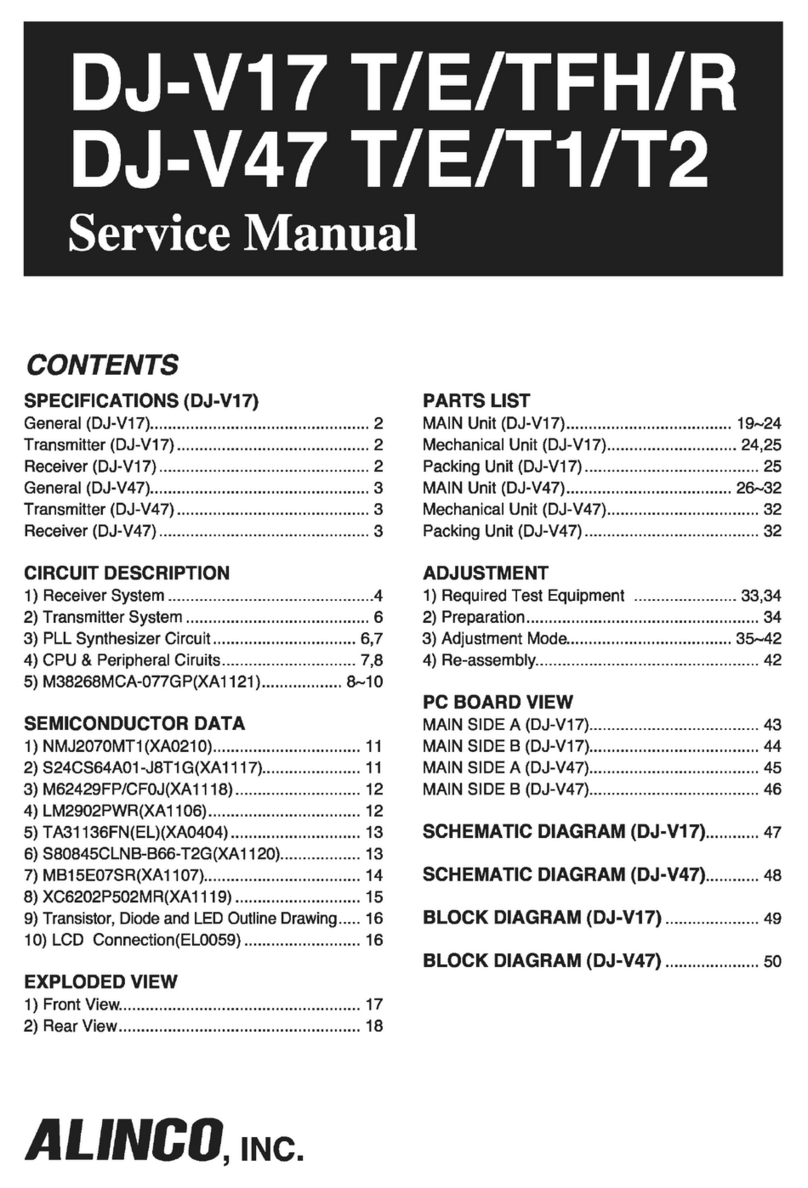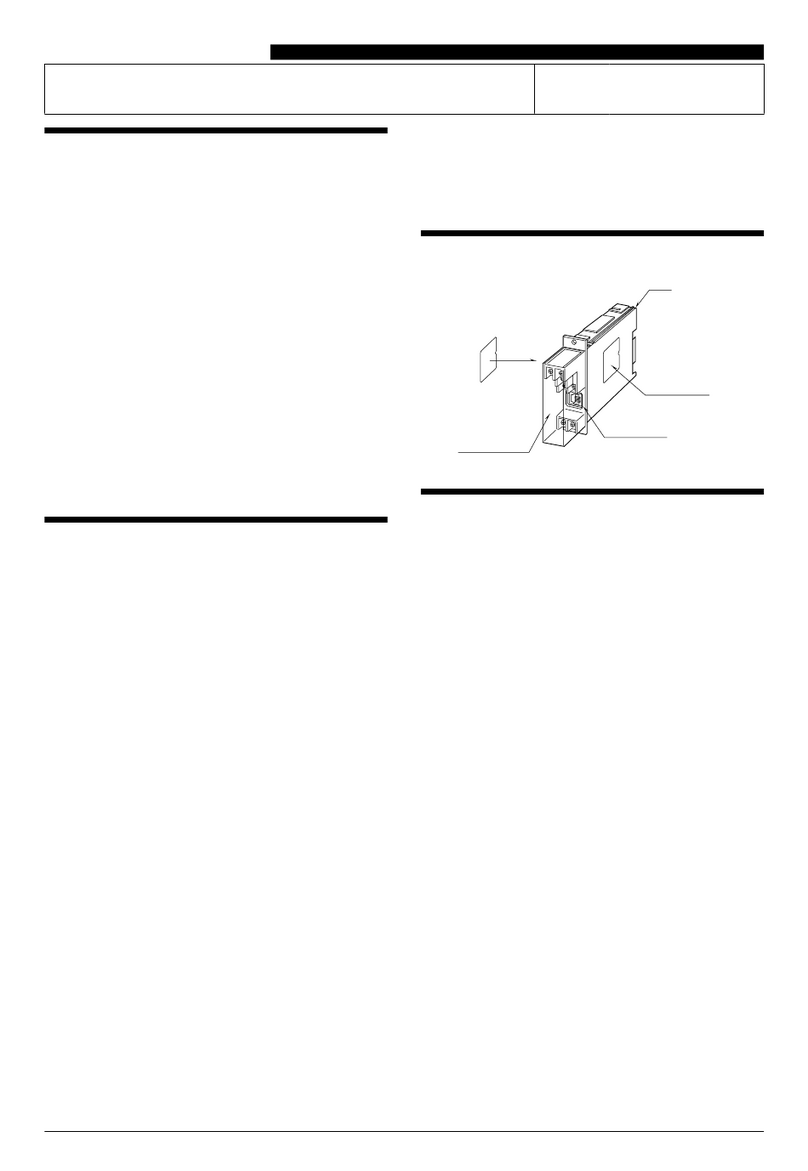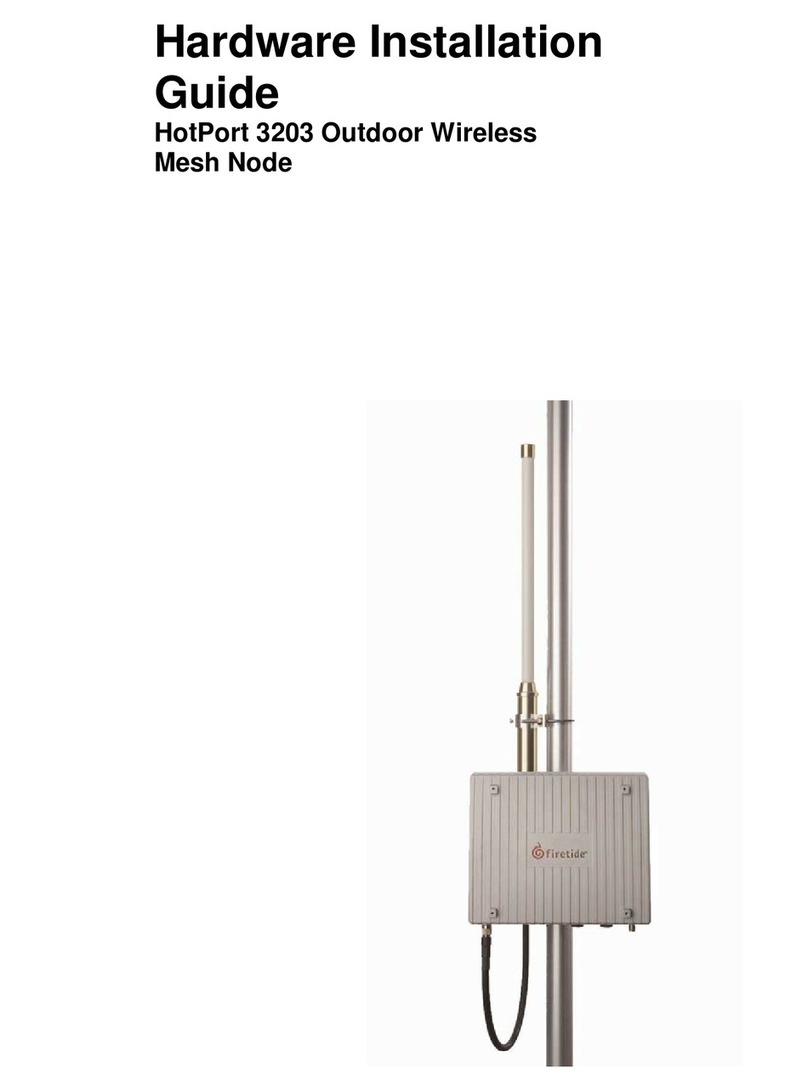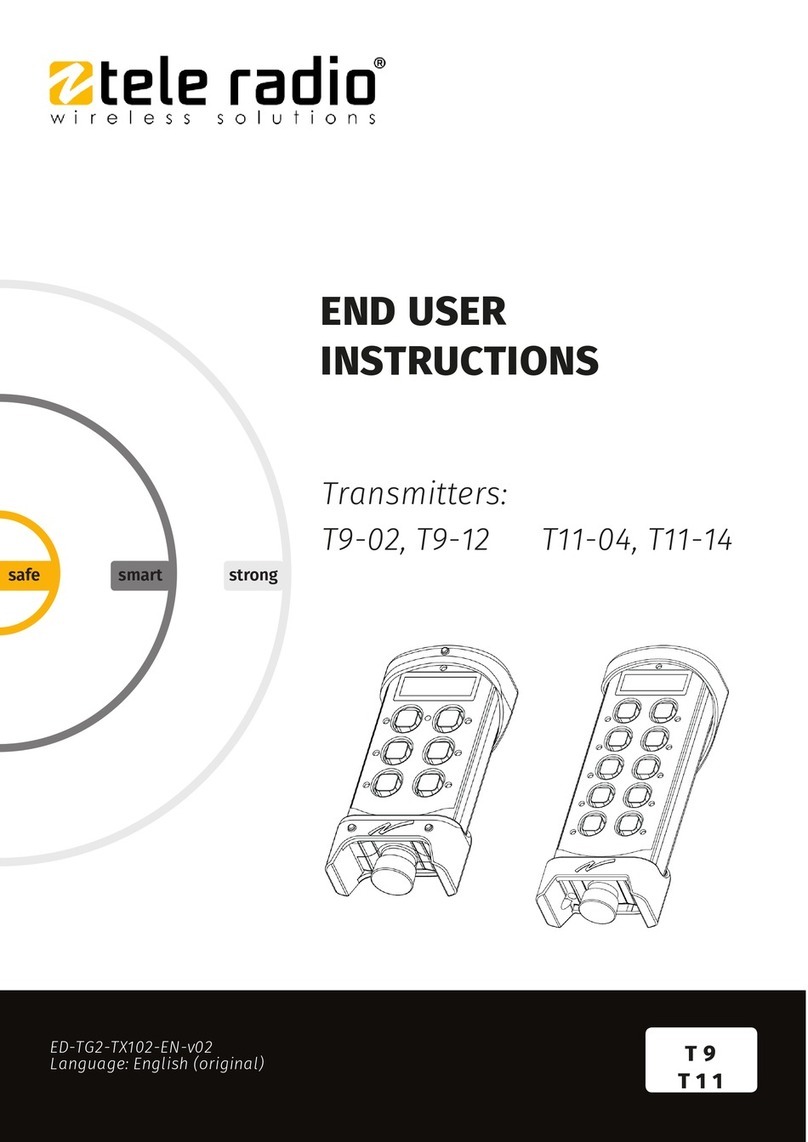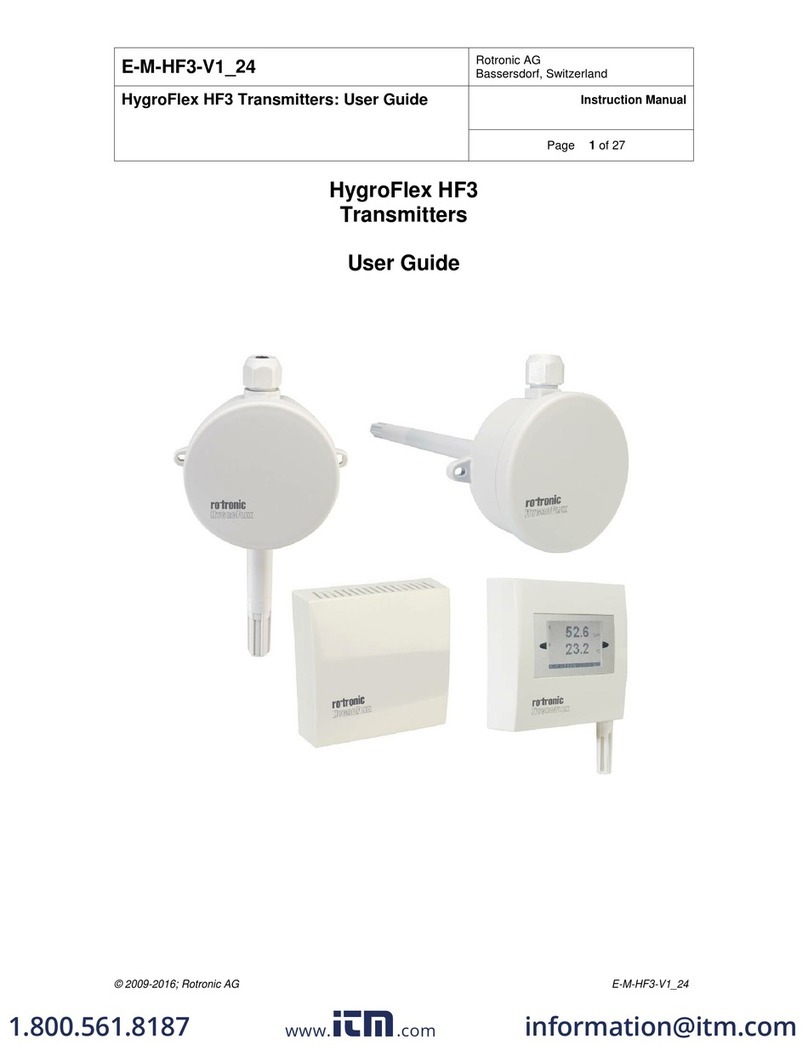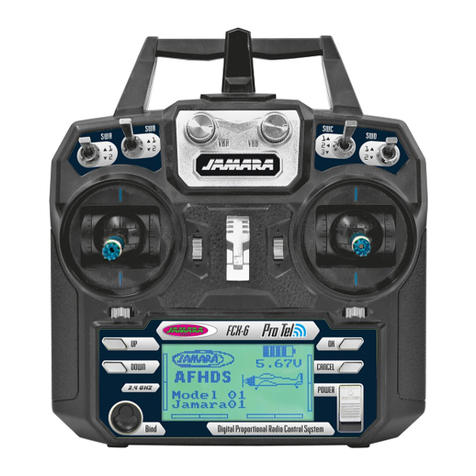
- 2 -
1. ORDERING GUIDE, SERIAL INPUT TRANSMITTER
Configure a model number in this format: LTS60, CBL04
…Transmitter with 4-20 mA, 0-20 mA,
0-10V
or
-10V
to
+10V isolated analog
out ut, RS232 or RS485 serial data
in ut, and dual 120 mA solid state
relays. Default jum ered for RS232.
LTSE6E… Transmitter with 4-20 mA, 0-20
mA, 0-10V or -10V to +10V isolated
analog out ut, Ethernet serial data
in ut, and dual 120 mA solid state
relays.
Power
0............................. 85-264 Vac or 90-300 Vdc
1................................. 12-30 Vac or 10-
CBL04……RS232 cable, two 3- in connec-
tors on transmitter end, DB9
connector on com uter end.
CBL02……USB to DB9 ada ter cable. Can
be used with CBL01 or CBL04.
2. TABLE OF CONTENTS
1. ORDERING GUIDE, SERIAL INPUT TRANSMITTER .......................................................... 2
2. TABLE OF CONTENTS ....................................................................................................... 2
3. INTRODUCTION, SERIAL INPUT TRANSMITTER .............................................................. 3
4. RECEIVING & UNPACKING YOUR TRANSMITTER ........................................................... 3
5. SAFETY CONSIDERATIONS .............................................................................................. 4
6. TRANSMITTER FIELD WIRING ......................................................................................... 5
7. PROGRAMMING YOUR TRANSMITTER ............................................................................ 6
8. CHANGING JUMPER SETTINGS ....................................................................................... 13
9. DUAL RELAY OPERATION ............................................................................................... 15
10. MODBUS PROTOCOL TRANSMITTER COMMUNICATIONS .............................................. 17
11. CUSTOM ASCII PROTOCOL TRANSMITTER COMMUNICATIONS .................................... 20
12. SPECIFICATIONS, SERIAL INPUT TRANSMITTER ............................................................ 23
13. WARRANTY ...................................................................................................................... 24





